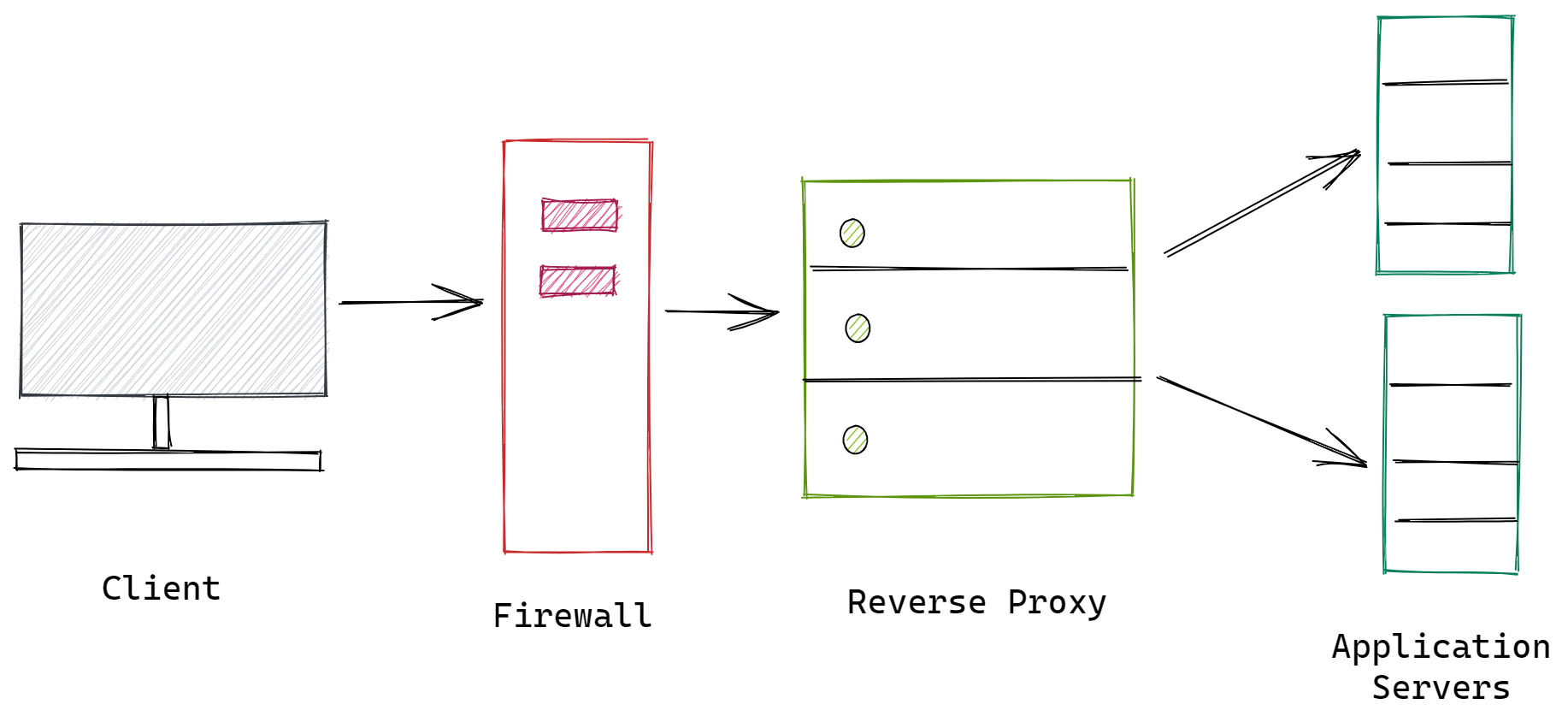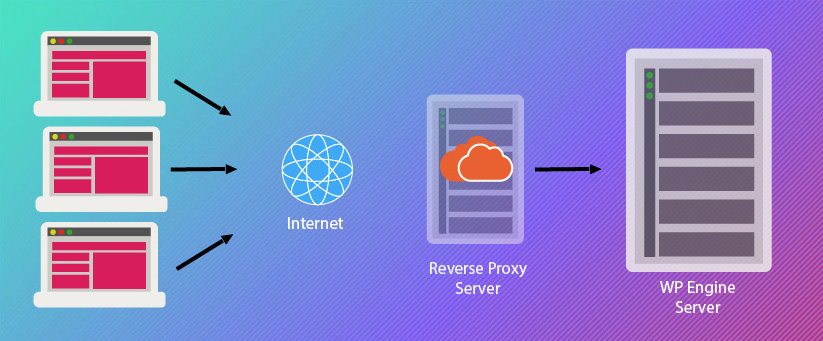
As there can only be one service listening to port 80 or 443, your application will have to listen on another port, like port 8081. In most use cases Nginx will be the front-end facing server, listening to port 80 (HTTP) or 443 (HTTPS) for incoming requests. Note: This tutorial assumes that you have some knowledge of Nginx and have already installed and set up Nginx in your server. To set up Nginx as a reverse proxy, we will use the proxy_pass parameter in Nginx configuration files.

With a reverse proxy, you can configure the reverse proxy to redirect the traffic to individual apps as necessary. Educational purpose(Im a beginner in computer world.). Im not a perfectionist who is nervous about unused binary. A reverse proxy allows you to run multiple applications on the same server – If you have multiple applications running on the same server, they can’t all be listening to port 80 or 433 at the same time. .NGINX configuration 7:50 - Extra headers with the real IP address 9:05 - MeshCentral trusted headers from the reverse proxy 9:40 - NGINX configuration. nginx-light from universe repo is sufficient for me at this moment.Here, we are building a reverse proxy to handle virtual host and IP hosted websites. This allows the system administrator to use a server for multiple applications, as well as to ensure a smoother flow of traffic between the client and the server.ĭepending on your application, you might have different use cases of reverse proxy. Nginx is a fast and versitile web server with a ton of configuration options. .X-Real-IP remoteaddr proxysetheader X-Forwarded-For proxyaddxforwardedfor addheader Front-End-Https on. When you request information from a server, the reverse proxy will take hold of the request and send it to the appropriate backend server. A reverse proxy works the same way, except that the role is reversed. realiprecursive: the proxy servers IP is replaced by the visitors IP address. realipheader: nginx will pick out the clients IP address from the addresses its given. This can also be a static IP address such as 10.0.9.2. to hide servers when exposed to the internet or for load-balancing). setrealipfrom: this tells nginx to grab the real visitors IP from any proxy server within this range. and have been tested with nginx configured as a reverse-proxy (e.g. It retrieves resources from the server that you want to connect to and sends it to you for viewing. inPoint.Web and inPoint.Identity can be behind reverse-proxy, for example in DMZ Scenarios. These directives tell nginx that it should use the IP address listed in the HTTP header instead of the IP address of the TCP connection source as the source IP of the connection.


NGINX rewrite rules are used to change entire or a part of the URL requested by a client. You need to use the IP address of your proxy server in setrealipfrom directive, so that only that server's X-Real-IP header is allowed. I tried to follow the advice from this post regarding the set_real_ip_from directive but without any success.A proxy server acts as an intermediary between the client and another server. In this post I’m gonna discuss about using Nginx reverse proxy with URL rewrite. The problem is that the output in the access log states the wrong client IP address, specifically I get the IP of the Docker host 172.17.0.1:ġ72.17.0.1 - "GET /admin/ HTTP/1.1" 200 19243 "-" "Mozilla/5.0 (Windows NT 10.0 WOW64 rv:46.0) Gecko/20100101 Firefox/46.0" "-"

It basically redirects the request to another docker container running on the same machine Problem
#Nginx reverse proxy config hide real ip install#
As a reverse proxy, your back-end server will always receive connection from your nginx process, which, depends on your pass directive, will contain your nginx's IP. Server configuration Operating system: CentOS 7 Web & Reverse proxy server: Nginx 1.10.2 Database: MariaDB PHP version: PHP 7.1.8 Nextcloud version: 12.0.2 Updated from an older Nextcloud/ownCloud or fresh install: fresh install Where di. I am running Nginx in a Docker container as a reverse proxy using the configuration below. On an existing nginx reverse proxy, I need to pass the client IP to a server (both running in the same OS), I tried a lot of sites, but the server is just receiving 127.0.0.1.


 0 kommentar(er)
0 kommentar(er)
